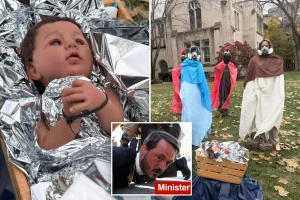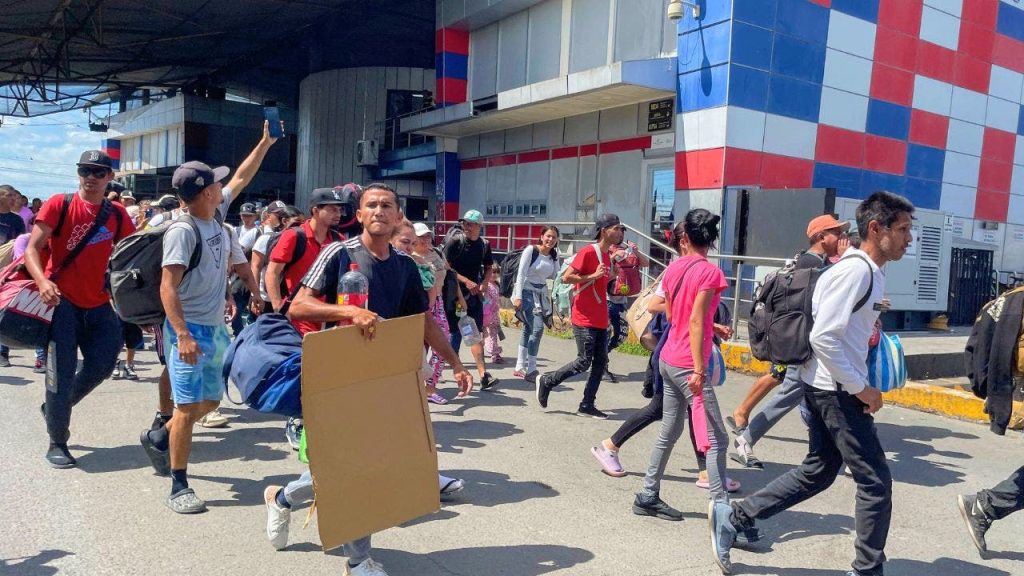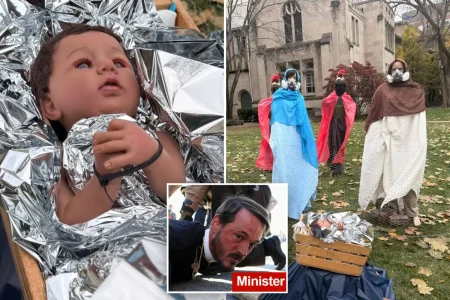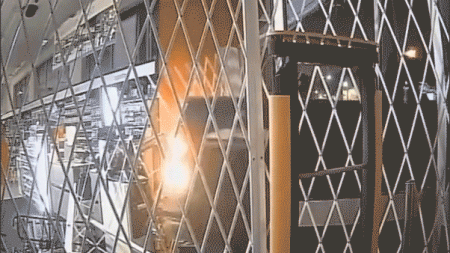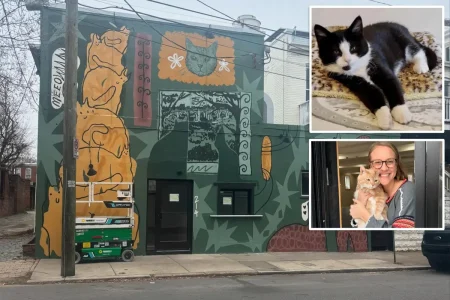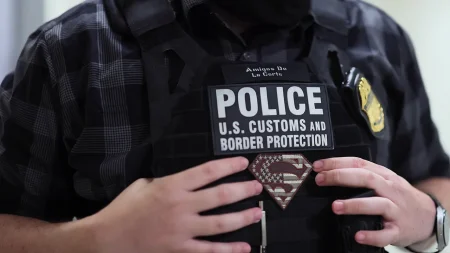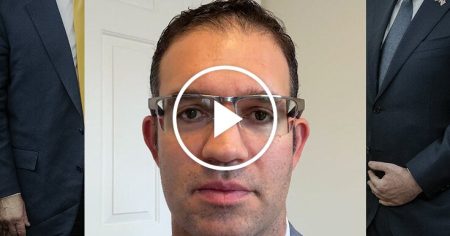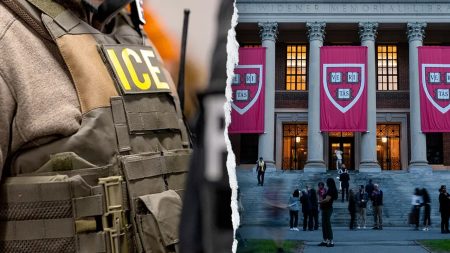Reverse Migration: The Changing Face of the U.S. Border Crisis
In a dramatic shift from previous patterns, over 14,000 migrants who had been journeying toward the United States have turned around and begun heading back southward, creating what experts now call a “reverse flow” migration. This striking reversal, documented in a joint report by the governments of Colombia, Panama, and Costa Rica with support from the UN High Commissioner for Human Rights, reveals the human impact of the Trump administration’s stringent border enforcement policies. The northward migration has plummeted by an astonishing 97% this year, a stark contrast to the record numbers seen during previous years. “It’s time to go back—the American dream wasn’t like this,” one dejected migrant explained, encapsulating the shattered hopes of thousands who had risked everything for a new beginning in the United States.
The primary catalyst for this reversal appears to be the Trump administration’s border policies, with nearly half of the migrants surveyed directly citing these policy changes as their reason for turning back. Many found themselves unable to enter the United States despite their arduous journeys, while others ran out of resources during the extended wait at the border. A significant number also expressed fear of detention or deportation under the new enforcement regime. This dramatic shift represents a fulfillment of President Trump’s campaign promise to “shut the border,” resulting in Southwest border apprehensions hitting a monthly record low of just 4,399 in July—a number that stands in stark contrast to the Biden administration’s peak of 249,785 apprehensions in December 2023. For three consecutive months, there have been zero releases of migrants into the United States, creating an unprecedented situation at the border.
The human toll of this policy shift has been particularly acute among Venezuelan migrants, who make up a substantial portion of those attempting the northward journey. Since 2017, approximately 8 million people have fled Venezuela’s economic collapse and political turmoil, creating one of the largest displacement crises in recent history. Many of these individuals had been traveling through Central America with the hope of reaching the United States, traversing the notoriously dangerous Darién Gap between Colombia and Panama—a treacherous jungle passage that saw more than half a million crossings in 2023 alone. Now, with the American dream seemingly out of reach, these migrants face the agonizing decision of where to go next, with about half indicating they plan to return to Venezuela despite the conditions that drove them to leave in the first place.
The humanitarian situation for these reverse migrants has grown increasingly dire, with many facing violence, abuse, and exploitation as they attempt to navigate their way back through Central and South America. The report highlights that U.S. financial reductions have significantly diminished humanitarian aid, forcing many NGOs and UN agencies that were providing critical support to either shut down or drastically scale back their operations. Those who choose not to return to Venezuela often find themselves stranded in transit countries, sleeping in parks or abandoned buildings without access to basic necessities like food, shelter, or medical care. “We don’t know whether to stay in Colombia or go to Chile. I worry a lot about my children; they’re tired of moving so much,” lamented one migrant, while another reflected, “Imagine, I’m back in the same place I left many years ago chasing a dream. Now I don’t know what to do.”
The routes southward have proven to be just as dangerous as the northward journey, with migrants facing unsafe boat passages, dependence on smugglers, and criminal groups that specifically target vulnerable returnees. Many resort to desperate survival strategies, including informal work, begging, or even transactional sex. The situation is particularly concerning in cities like Palenque, Miramar, Necoclí, Bahía Solano, and Medellín, where significant numbers of migrants have become effectively stranded without resources or support systems. Panama’s tighter transit restrictions have virtually closed the traditional pipeline toward the U.S., leaving many migrants with few options but to move southward within Latin America or remain in limbo in countries that are themselves struggling with economic and social challenges.
Scott Campbell, the UN human rights representative in Colombia, has emphasized that these returnees represent some of the most vulnerable people on the continent, urging governments not to abandon them in their time of need. “Most of these people are already victims of human rights abuses,” Campbell noted, calling on authorities to provide assistance to those caught in this reverse migration to prevent further exploitation and trafficking. The situation represents a profound humanitarian challenge that extends beyond simple border control statistics, highlighting the complex interplay between immigration policies, human rights, and the desperate circumstances driving migration in the first place. As one region of the migration crisis appears to subside at the U.S. border, another humanitarian emergency unfolds further south, raising questions about responsibility, compassion, and sustainable solutions to address the root causes of displacement in the Western Hemisphere.

